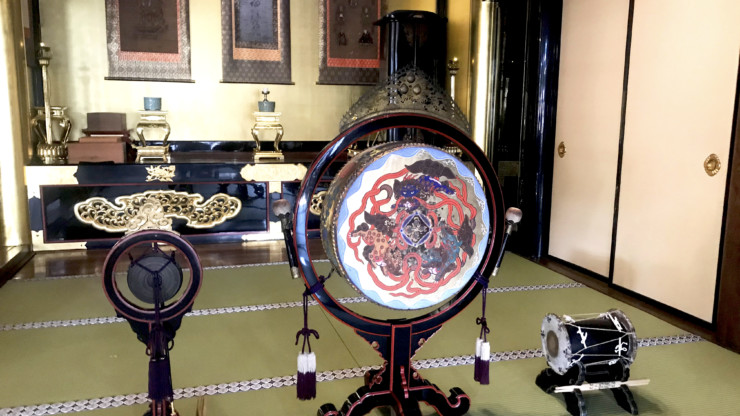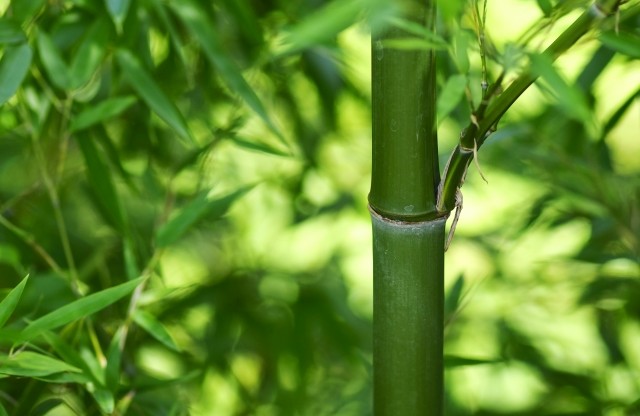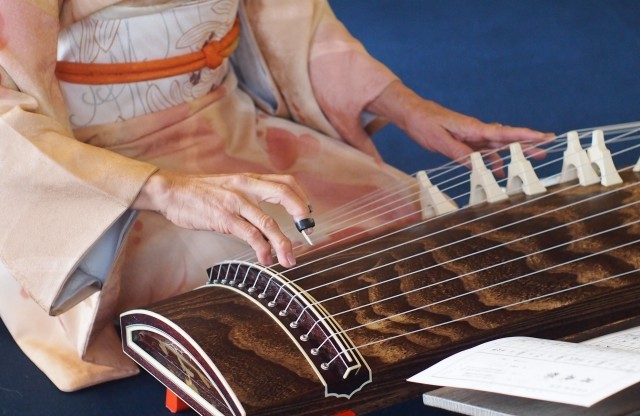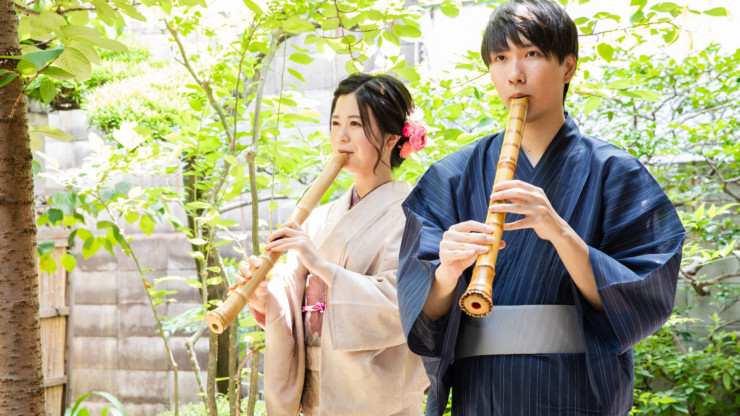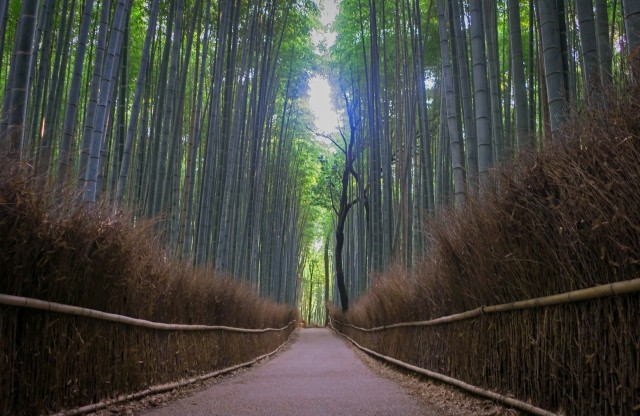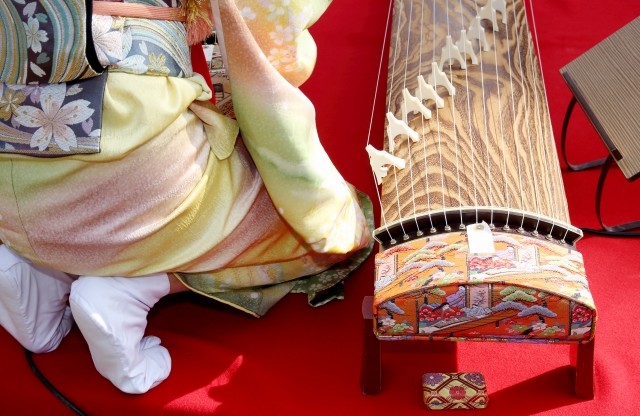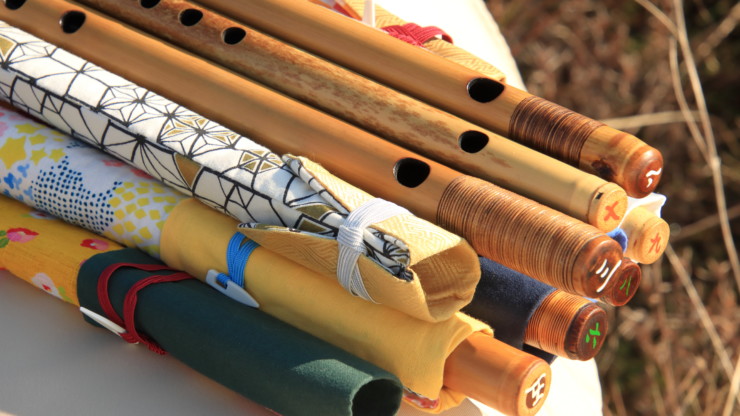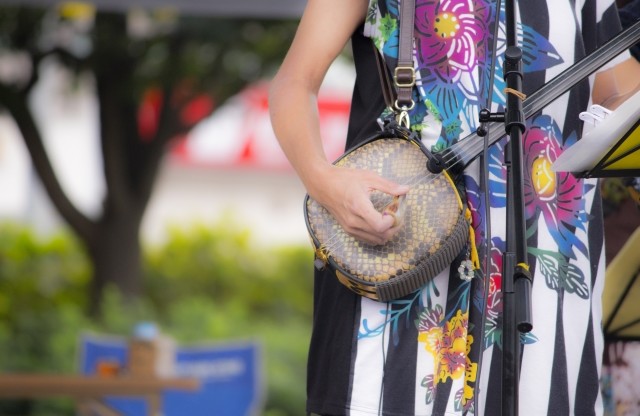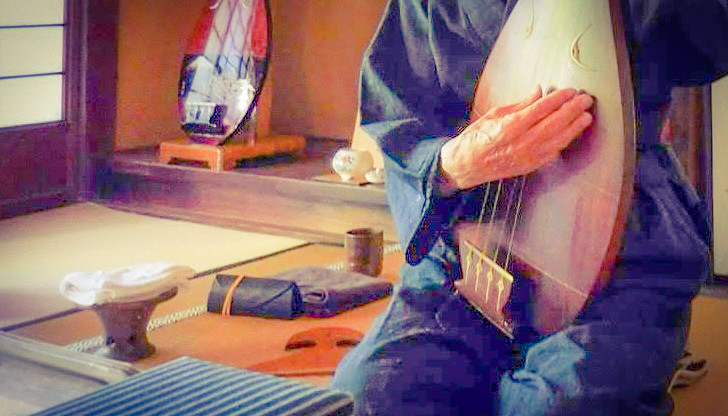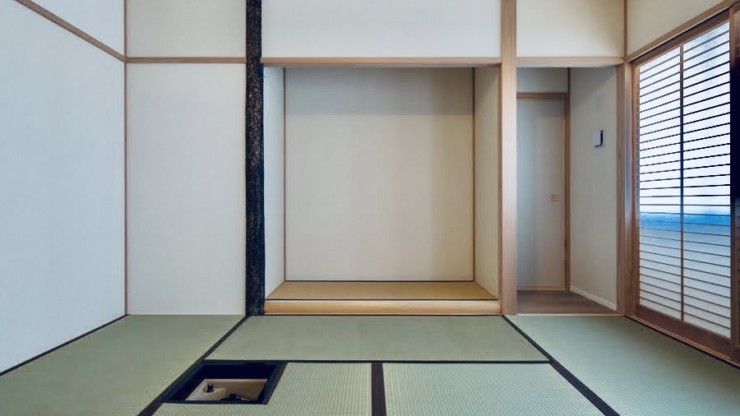Did you know that some Japanese musical instruments are made of metal? You may have a strong image that Japanese musical instruments are made of bamboo, wood, but some of them are made of metal. In this article, we will explain about the shoko, a metal instrument that is rare for a Japanese musical instrument. The shoko is a deep-dish-shaped…
